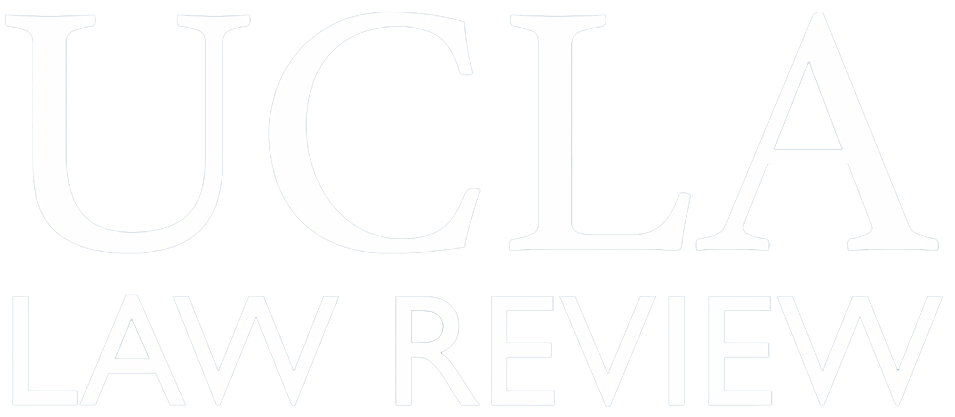Abstract
This Comment explores the puzzle of how adjudications of fair use under the Copyright Act should be treated over time. The discussion weighs the importance of copyright law and the incentives created thereby against the policy concerns driving claim and issue preclusion. Currently, the preclusive effect of litigation that concludes in a finding of fair use may bar a copyright holder from subsequent litigation. This cripples the copyright holder’s ability to protect her work and can have a damaging effect on an author’s incentives to create. Such incentives are at the heart of copyright protection and must be preserved in order to promote public benefit from creative works.
Claim and issue preclusion, however, evolve from valuable policy concerns as well, such as finality, efficiency, and fairness. Limiting the application of these doctrines in fair use cases has the potential to stifle the creativity of secondary authors—those individuals utilizing existing works in their creations under the fair use doctrine. Because such creations are valuable to the public, copyright law aims to preserve incentives among these secondary authors as well. This Comment proposes a modified application of claim and issue preclusion in cases of fair use, which balances the importance of incentivizing all creative authors while simultaneously preserving the important doctrinal goals of claim and issue preclusion.
